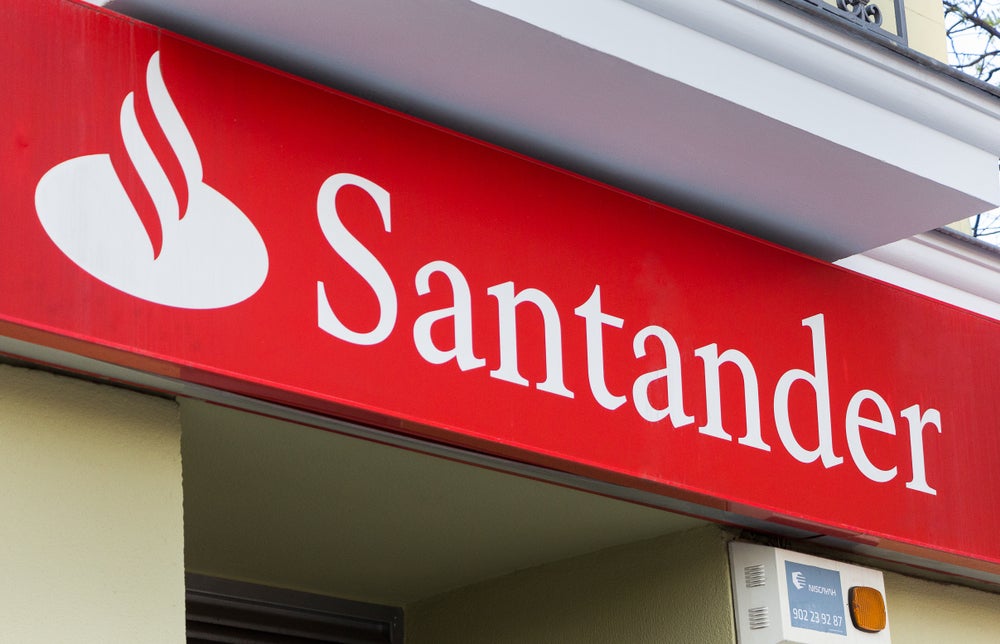
The DAX index set a record high of 16,331.9 in May, highlighting European equities’ overperformance over the last year as reasonably priced value stocks benefit over the US’s high-growth market.
For wealth managers based in Europe, this provides opportunities to attract a larger proportion of offshored wealth while additionally tempting investors into more lucrative equity markets with sizeable management fees.
With the US failing to provide superior capital gains, the greater stability and higher dividend yields of European equities will encourage wealth to reallocate to Europe.
Where is the income in Europe?
According to GlobalData’s Investor Insights: Investment Drivers Analytics 2022 dashboard, over 30% of over-55s view an income stream in retirement as their most important investment purpose. Since European stocks better serve this purpose through dividends and wider performance converges, European wealth managers will have a stronger pitch to grow their client base.
Given the rise of global interest rates, the overperformance of European equity markets is to be expected. These markets skew towards value rather than growth stocks, which are more vulnerable to rate hikes, making Europe more resilient in the changing financial environment than high-tech US markets.
DAX and Stoxx
Therefore, the DAX 30 and Stoxx 500 have added nearly 14% and 12%, respectively, in the year to May 30, with the US S&P 500 gaining around 10%. This shows that European markets are more than tracking their peers despite their more tangible quality as a reliable income stream.
How well do you really know your competitors?
Access the most comprehensive Company Profiles on the market, powered by GlobalData. Save hours of research. Gain competitive edge.

Thank you!
Your download email will arrive shortly
Not ready to buy yet? Download a free sample
We are confident about the unique quality of our Company Profiles. However, we want you to make the most beneficial decision for your business, so we offer a free sample that you can download by submitting the below form
By GlobalDataDespite the positive outlook for Europe’s stock markets, many incorrectly argue that much of this overperformance is a symptom of the bloc’s earlier stage in the rate-tightening cycle, arguing that, having begun hikes at a later stage and less aggressively than the US, the EU is still in a position of higher inflation and with room for rates to rise.
Although this is true, a greater proportion of the EU’s inflation is reflective of its exposure to Ukraine and Russia directly for gas, fertilisers, and other disrupted markets. In April, core inflation (stripping out volatile food and energy) showed the EU and US with 7% and 5.5% price growths, respectively.
Although significant, interest rate rises work with a lag and, given the later starting point, may show that despite their lower level they are still beginning to show results. Forecasts from the European Central Bank estimate peak interest rates of 4%, compared to 5–5.25% for the US. Overall, this would imply that European interest rates will remain comfortably below the US’ as inflation comes under control, and there is unlikely to be rate shock on the horizon to tame markets.
Longer-term trends could also help European companies keep pace, incentivising reallocation to European booking centres. Although US markets will rebound as rates remain higher for longer, established European companies with superior dividend yields will keep their shine.
Additionally, US Big Tech can only have so far to grow—particularly as regulators eye them closely—while emerging industries such as green energy are more advanced in Europe. American politics also remains unstable, and despite Europe’s own problems, the increased polarisation and nationalist agenda of the US could hamper US growth and markets. This is not to say the US will not deliver greater capital gains than established European stocks—due to the increased risk of growth and tech stocks, it should—but risk-averse clients may start to see Europe as a diamond in the rough.






